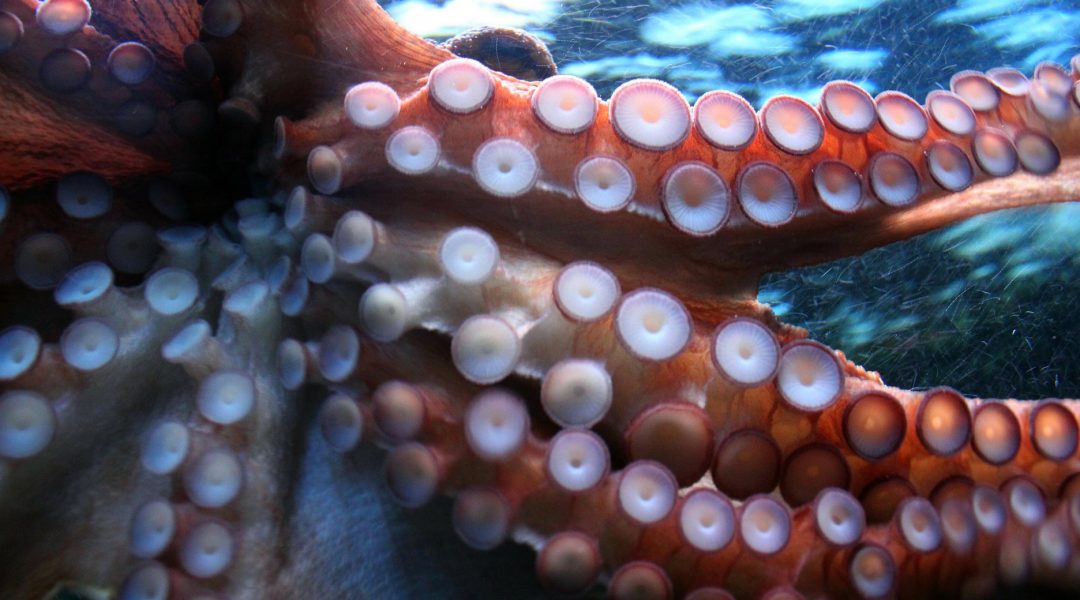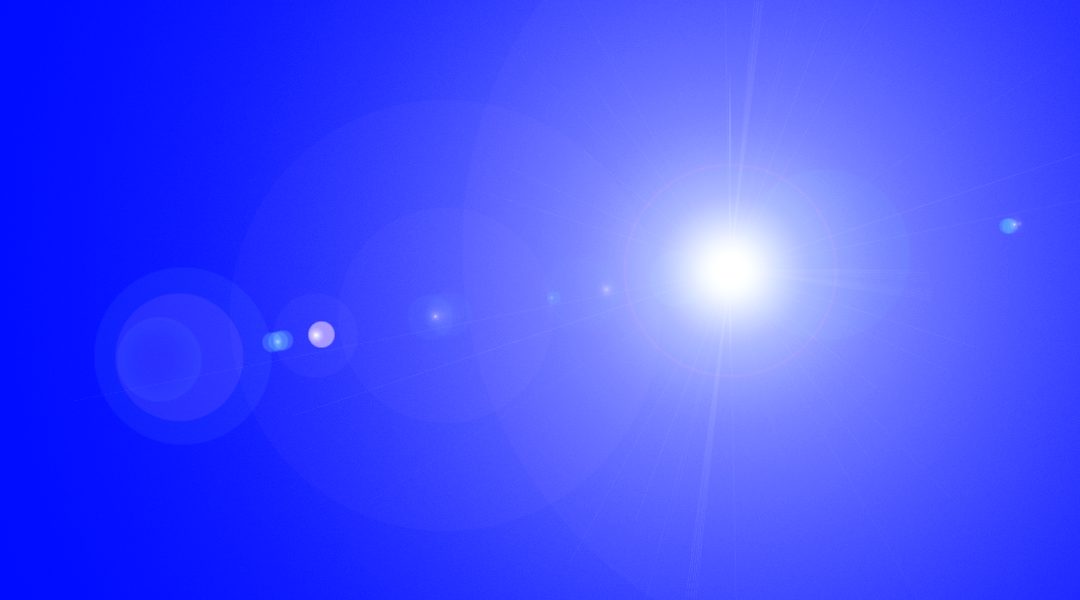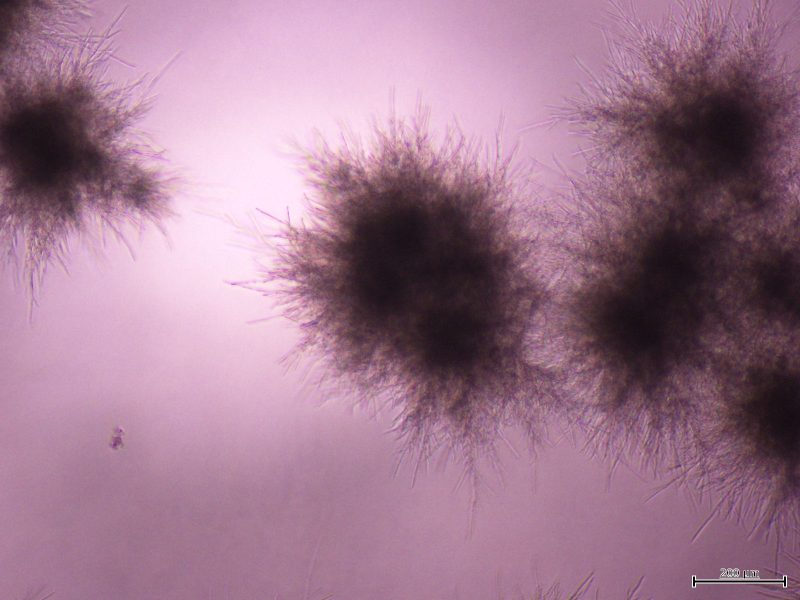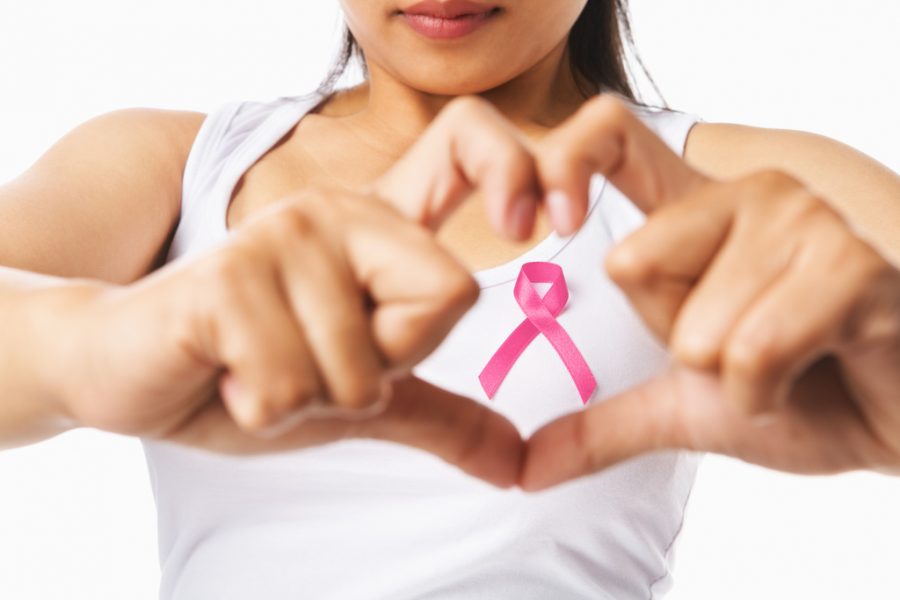Researchers are looking at hydrogel scaffolding with drug-delivery properties to improve skin tissue engineering.


Researchers are looking at hydrogel scaffolding with drug-delivery properties to improve skin tissue engineering.

Scientists develop a reversible adhesive skin patch with high air permeability and water drainage.

Polymers, specifically the biopolymer hyaluronic acid, could provide a better alternative to surgical sutures and staples for wound closure and healing.

An atypical, low‐power, atmospheric pressure plasma source for application in plasma medicine.

A team of Polish scientists discovered how antimicrobial blue light can fight against infections caused by the P. aeruginosa bacterium, that occur often in burn victims.

Mammalian barrier surfaces are densely populated by symbiont fungi in much the same way the former are colonized by symbiont bacteria. The fungal microbiota, otherwise known as the mycobiota, is increasingly recognized as a critical player in the maintenance of health and homeostasis of the host.

A team of researchers from China set up a study that gives new insights in using plasma in breast cancer treatment.

The key players within the pathways of RNA decay are well conserved with their mutation or disruption resulting in distinct phenotypes as well as human disease.

A new technique for treating diabetic wounds.

A team of scientists from Belgium investigated the plasma‐induced chemistry in organic solutions of polylactic acid (PLA), and their effects on the resultant PLA nanofibers.